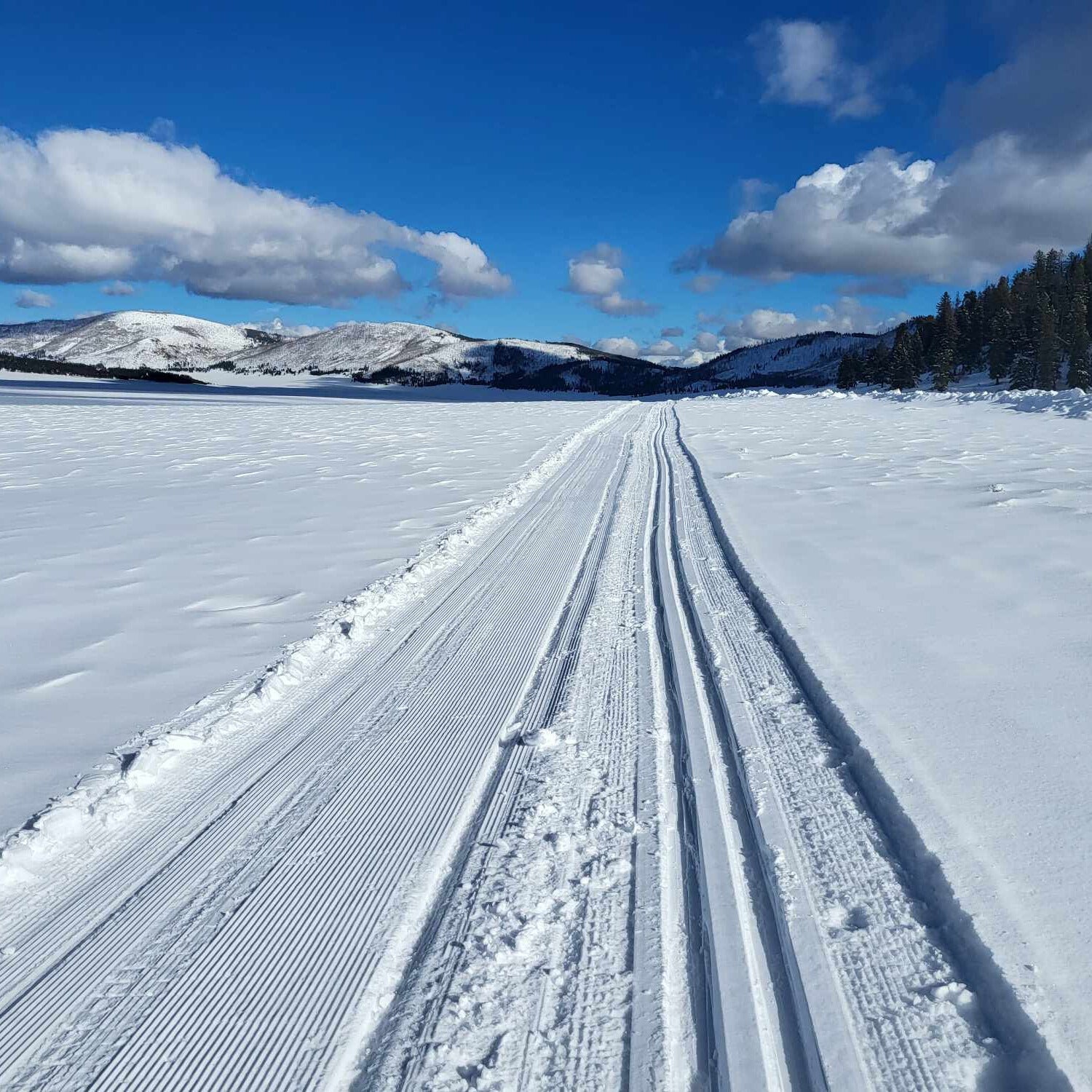Your Cart is Empty
accepting gear drop offs Mon-Sat 10am-5pm. No Consignment acceptance on Sundays.
accepting gear drop offs Mon-Sat 10am-5pm. No Consignment acceptance on Sundays.

Look–we can’t deny that huge ski areas are popular for a reason. Mega ski resorts often have the most terrain, the newest lifts, the snazziest shuttles, the most interesting base villages, and the best dining and aprés options. They can also (sometimes) have the best snow.
But big ski areas can also be a big pain in the rear. Crowds, traffic, lift lines, parking hassles, wild hotel and meal prices, and jaw-dropping lift ticket rack rates can all conspire to make skiing seem a LOT less fun than it should be.
Small ski areas are the perfect antidote for this.
Colorado’s tiny gems operate on a shoestring, completely forgo crowds, and aredirt cheap–and by cheap we mean sometimes they are literally free to ski at. You won’t rack up lots of vert, and face shots may be few and far between, but we can guarantee you won’t be waiting for a shuttle bus to Lot D5, and you’ll likely be on a first-name basis with the ticket seller, lift loader, and snow groomer (who may all be the same person).
But what are these areas? Here’s a primer to Colorado’s truly small ski areas.
Developed by a hotel in the 1950s, Silverton’s original ski area had a period in the 1980s when it was closed but since then has come back strong. Owned and operated by the town,Kendall has a 240-foot vertical drop and a double chair. It’s also got one of the nicest base lodges you’ll find anywhere. Make sure to purchase your tickets online in advance. Be on the lookout for free ski days!
The hometown fave,Chapman is run by the city of Durango. A brand new poma lift and an improved rope tow serve close to 300 vertical feet of open terrain that is either very gentle or very steep–with not a lot in between. Notably, Chapman has some great amenities, including top-notch snowmaking, lights for night skiing, a paved parking lot, an adjacent skating rink, and a great slate of lessons.
Cranor Hill opened in 1962 and is operated by the city of Gunnison. Served by one poma lift spanning the hill’s 305 vertical feet, Cranor has wide open slopes and some surprisingly good views. This spot is natural snow only, so double check before making any plans.
Lake City’s eponymousski hill just might be the most interesting of the bunch. Served by a 60-year-old poma lift that rises 250 vert, it operates on a limited schedule but can get good snow and the runs are fun and mellow. The views here are stupendous, Lake City is cute as a button (and mostly devoid of ATVs in winter), and the floating bullwheel atop the poma is anachronistic.
You’ve probably driven by this ski area many times without even knowing it was there.Lee’s is run by the town of Ouray–find it on 3rd Avenue near 4th Street. This tope tow serves 75 vertical feet and runs most afternoons. Hold on to your wallets here, buckaroo–the lift ticket is FREE. In fact, you don’t even need a ticket. Show up, slap on your gear, and grab the rope. The rope tow has been down recently, so call the town first before driving ove the mountain to Ouray.
In this age of corporate skiing, these tiny ski hills embody the spirit of skiing. They give everyone a place to ski, with no stress and no demands. While southwest Colorado is home to many of these gems, you can find them all over. Challis, Idaho has Chipmunk Ski Hill. Waterville, Wash. has Badger Mountain Ski Area. Susanville, Calif. has Coppervale Ski Area. British Columbia is full of these gems–there you can find community ski lifts in Salmo, Clearwater, and Mackenzie. Want to see something really cool? Check out Tweedsmuir Ski Club.
These spots are the perfect place to learn, teach your kids, or test out gear.Durango Outdoor Exchange is stocked all winter and into the spring with ski gear, ski clothing, gloves, goggles, helmets, and more.

Work crews were busy over the off season making changes to ski areas across the region. While the hoped-for new lifts at Purgatory aren’t going to spin, there are plenty of reasons for you toget some wax (or new skis) from Durango Outdoor Exchange and hit the slopes this winter.

Thanksgiving is almost here–and skiing this early is always a gamble. Here are some non-skiing warm(er) weather destination ideas for the long break.

Just a couple hours from Durango, Valles Caldera is a great cross-country skiing destination, with surprisingly good snow and very few visitors.
Valles Caldera National Preserve is a popular hiking destination in the summer and a surprisingly great skiing destination in the winter.